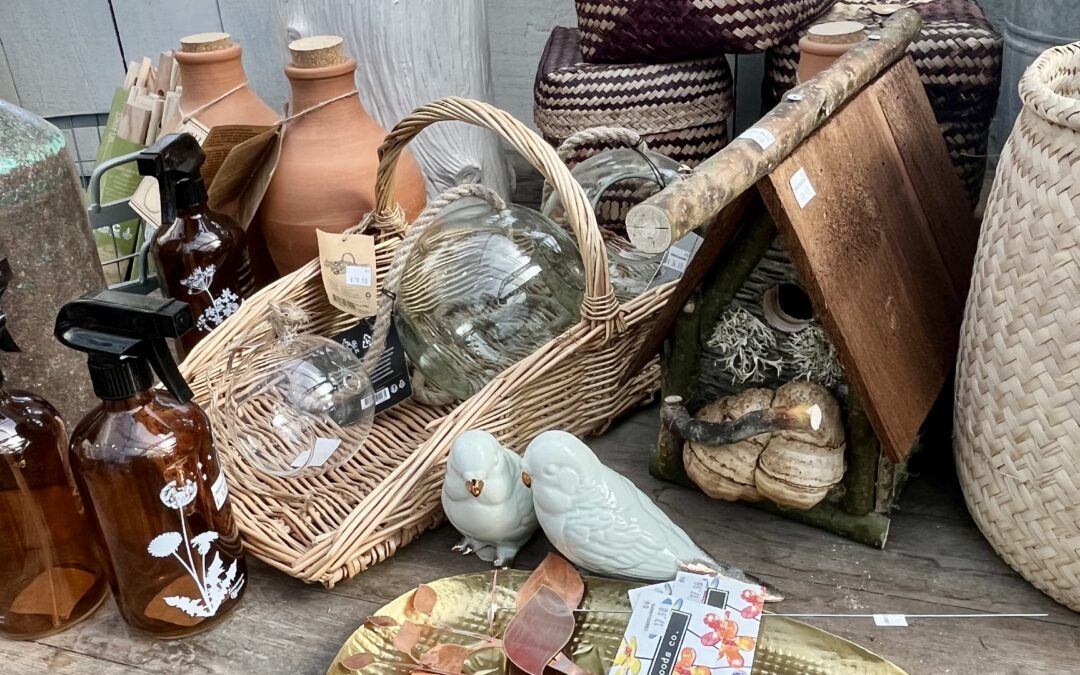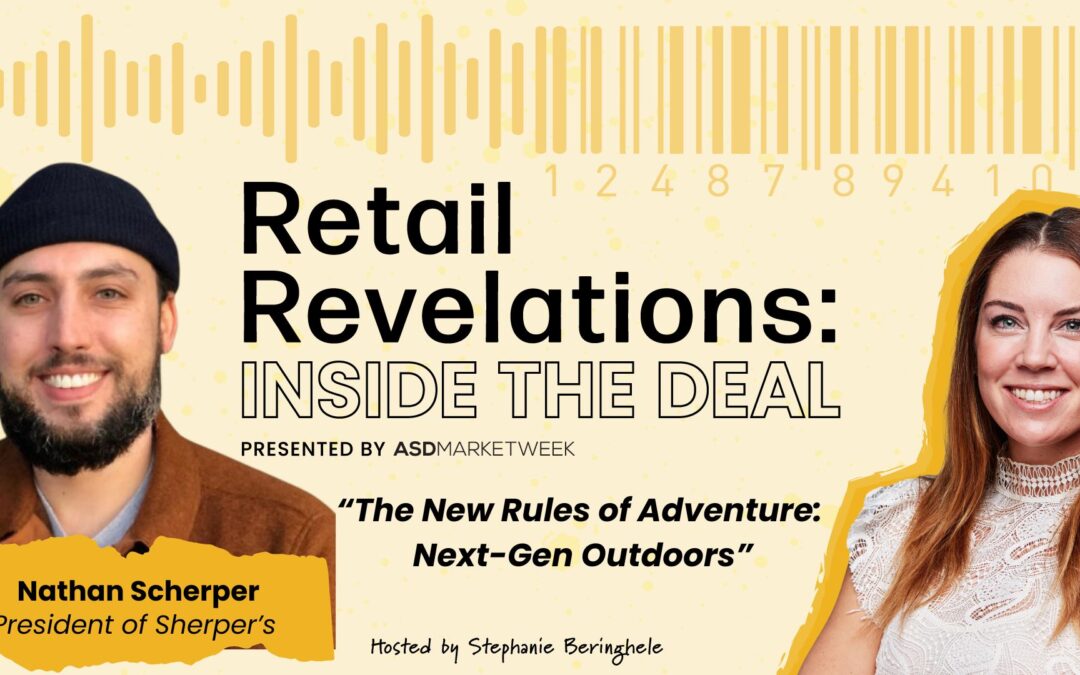WATCH THE EPISODE
LISTEN TO THE CONVERSATION
In the second half of this interview, Emilie and Tiffany discuss the power of the creator economy, how to work with influencers, and the role of DEI when it comes to the creator economy and the larger trends driving modern culture.
- 0:22: The creator economy is worth ½ trillion dollars; 165 million creators joined the creator economy in 2022.
- 0:58: What you need to consider when using influencer marketing as part of your strategy.
- 3:26: Influencers help fill the top of your funnel, tracking conversions and bringing them through the sales funnel is the responsibility of the brand.
- 4:50: You can also use influencers to build affinity and trust for a product and service.
- 6:20: What it takes to be a successful creator who makes more than $50,000 per year.
- 8:50: BIPOC creators are greatly underrepresented, they are less likely to get deals or be compensated fairly.
- 11:00: Tiffany will be hosting seminar and educational sessions at ASD Market Week on social media, working with influencers, and how retailers need to change their marketing strategies.
- 12:54: How to create solutions and strategies that meet the needs of your brand or company.
- 14:05: The key to successful influencer marketing in co-creation and collaboration.
- 16:48: Using social and creative capital to help BIPOC creators build generational wealth.
- 21:05: Using BIPOC creators help diversify messages and become more relatable to your customer base.
- 23:02: From the Little Mermaid to Spiderman, the positive impact of seeing characters of color for younger generations allows them to see themselves as being something more.
- 25:54: How Budweiser failed in their influencer marketing, they put someone in harm’s way, and that didn’t need to happen.
- 26:56: Everything comes back to culture and data.
- 31:52: How to take calculated risks with your current audience while talking to new ones.
- 33:01: If you believe, you dream it, you can make it happen. Don’t be afraid of trying to build a sustainable career.
- 34:18: Whether you’re a creator or a brand, you need to have a point of view.
- 36:28: You need support and help, build your tribe.
The Creator Economy by the Numbers and the Role of Data
According to the Rakia Reynolds of Skai Blue Media, the creator economy generates half a trillion dollars in revenue. Emilie and Tiffany discuss how the creator economy is not going anywhere, it’s only going to grow. If you’re a brand or company that wants to work with influencers, the first question you need to ask yourself is what you want from your influencer marketing program. Influencer marketing is a souped up version of word of mouth marketing, it’s the very top of the funnel. As a marketer, you want it to be top of the funnel strategy, you want to use it as a validation of your strategy, and to determine if the product you’re pushing is any good.
When it comes to influencer marketing, you can look at it from two ways. The first is to fill a sales funnel. As a top of the funnel, you should be able to track the return on the program. The job of the influencer is to post content they make on your behalf. It is your job to bring the person they capture for you through the sales funnel. Brands should be using UTMs and have conversion tracking in place. The second way to leverage influencer marketing is for affinity and sentiment. You may want the affiliation to the product because of the influencers’ ties to your target community. And that’s okay, it’s another way to validate if your product is good or not.
Making Money as Creator is Possible, but to Make a Living Is Another Story
No matter what your strategy, the quality of the creator matters. Only 4% of the influencers get paid over $100K per year; only 12% make $25-50K per year. Most creators work part-time, and they spend 20+ hours on their content per week, and spend $200-$500 per year on softwares. If you want to be successful as a creator who can afford a house in the Hollywood Hills, hone your craft.
Learning How to Work With Influencers
As someone who’s worked with big retailers such as Target, HBO, Victoria Secret and more, Tiffany has learned collaboration is key. Understanding what you’re trying to accomplish as a team, and offering up creator solutions that meet those needs leads to success. Tiffany gets called for meaningful connection, not big campaigns. This includes talks, dinners, and experiential events that enable a company to gain true perspective on how their customers are thinking and behaving. Her secret sauce to successful campaigns involves inviting clients to collaborate in co-creative ways.
Tiffany advises that brands and retailers should “let the creators tell you the trends and conversations, then you as a brand, align to that so it’s better received and you have a better ROI.” She also advises that you need to understand the motives and intentionality beyond the “why”. Then you can figure out how to better socialize and align that with the collaborations.
ASD March 2023: At the next ASD Market Week, Tiffany will be hosting educational sessions on how retailers and brands can work with influencers of all sizes.
The Role of DEI in the Creator Economy
As a serial entrepreneur, Tiffany has also launched Represent, a first of its kind, black owned, woman owned start-up that represents creators of color. Tiffany shares that “When BIPOC creators use our social and creative capital, we can change the wealth gap. We can do more in our communities and spread that wealth around. Be a model for others that will be doing this work.”
When you support BIPOC creators, you are often supporting them in caring for families, paying down education debt, you are not paying for their “lifestyle” or Bugattis. Seeing people represented will always connect humanity. Tiffany shares, “When you can see something you can relate to, it breaks down cultural barriers. As adults, we’ve been conditioned with opinions we don’t even know we have when it comes to class, wealth, race and gender. Our children don’t have this until it’s transferred. So representation in all aspects is important.”
Become a Part of ASD Market Week
To learn more about retail buying opportunities and attending ASD Market Week, visit our website where you can register for free.
Subscribe to Our Podcast
Let’s Talk a Little Shop is available wherever you listen to podcasts. Watch and listen on Spotify, Apple, iHeart Radio, Amazon Music, or Audible. Please feel free to leave us a review! You can also watch the video interviews on YouTube.




